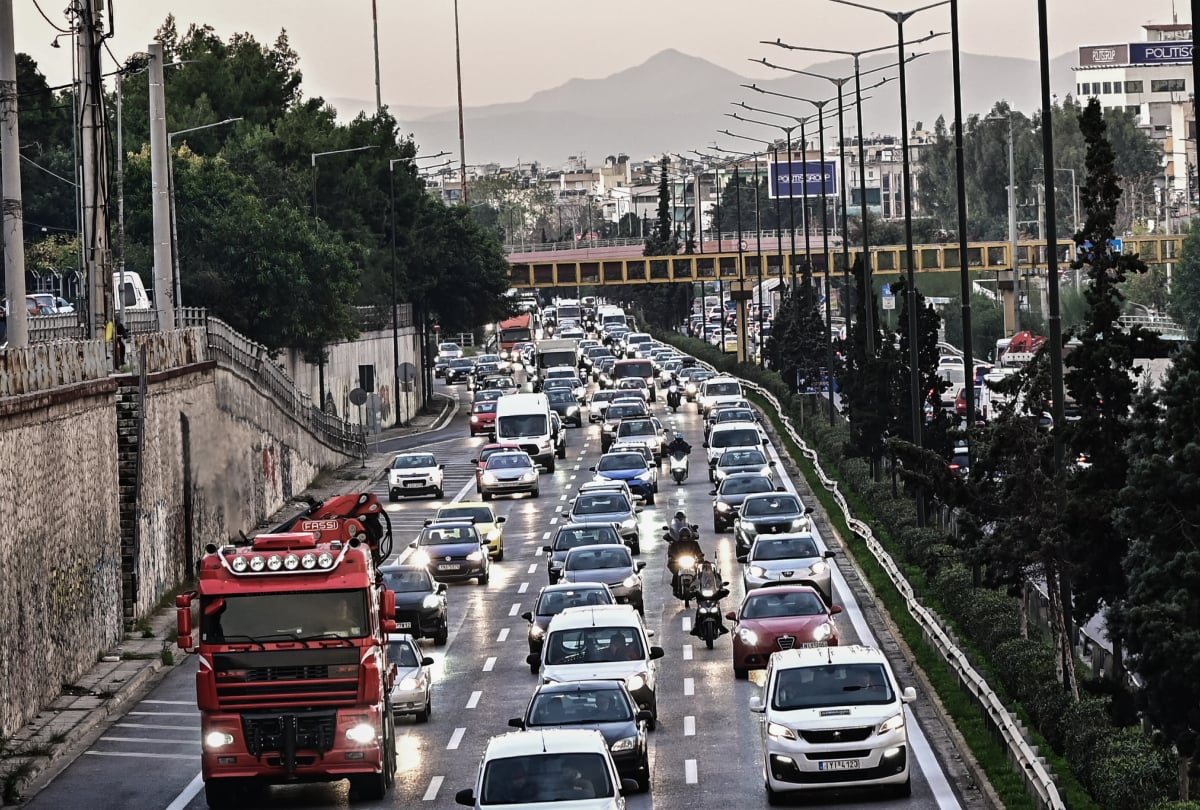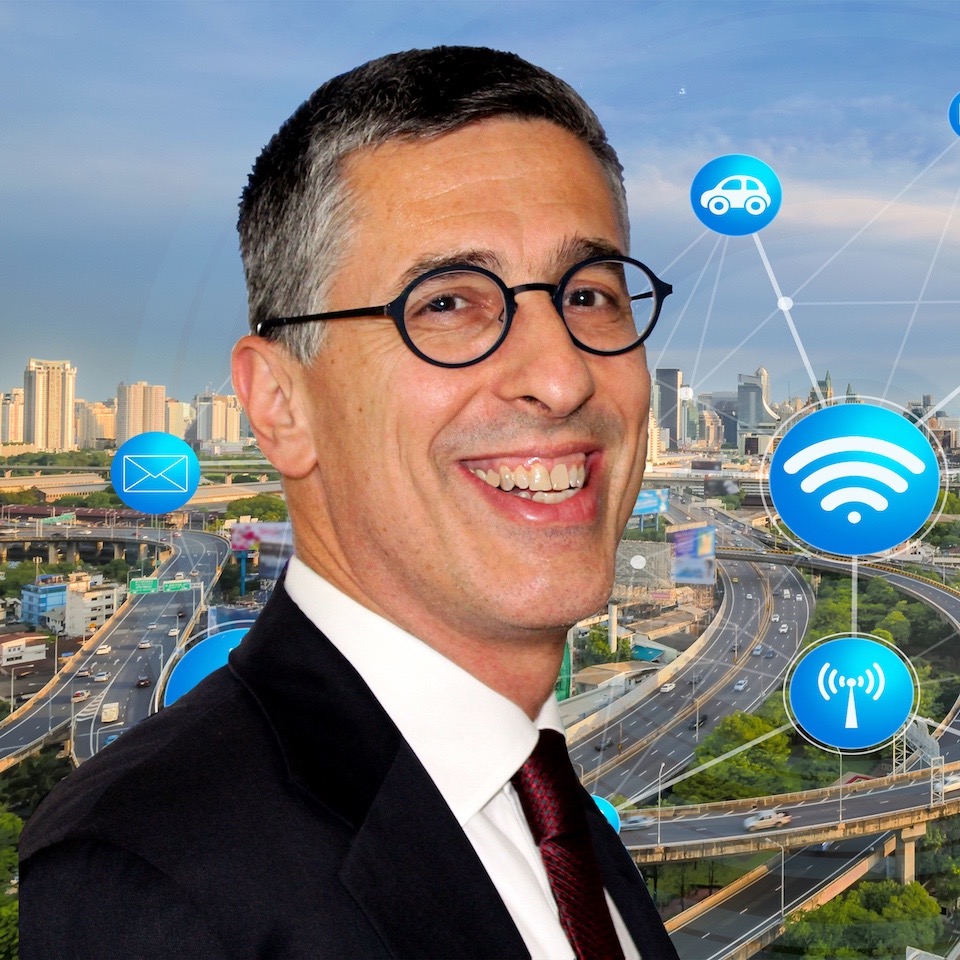Buses and monitoring bus lanes will provide a solution to the traffic problem in Athens
Traffic congestion is not a Greek phenomenon, as European cities are even more congested. Traffic congestion stretches for 25-50 km for someone to enter the city in most European metropolitan areas and this has been the case for decades. The problem is neither Kifissos nor what will happen with congestion. The problem lies in how travellers will be served, how alternative quality Public Transport will be provided to them, so that they can reach their destinations more quickly. Everyone should understand that with private cars, they will never go faster, no matter how many roads we build for them. It is worth noting that this situation we see in Greece existed in the 1970s in the United States, where they added another 5 traffic lanes (becoming 10 and 10), and after 5 years, the 10 lanes were congested again.
In response to the question of whether we can convince travellers to use Public Transport when they are not so reliable in terms of both schedule and failures, the answer is: “Of course not; that’s precisely why transportation engineers say the discussion should focus on pressuring the Government to improve Public Transport, rather than pressuring the Government to find a solution to traffic which is unsolvable. Traffic congestion will always exist. Nevertheless, not all buses are slow and uncomfortable at all times. There are several cases where this bad reputation about bus services is not a reality.”
The keys to the problem are held by the Traffic Police. If bus lanes were saved by the parked and illegally circulating vehicles, the same number of buses would have made up to twice as many trips, so more than twice the number of travellers would be served, as the primary criterion for most people in choosing their mode of transportation is time. If Traffic Police puts greater emphasis on bus lanes and we take better care of the buses, both in terms of the frequency of their routes and comfort, everyone will travel more quickly and under better conditions.”
The tram and other fixed route Public Transport
Concerning remarks that having another rail Public Transport might improve the situation or that the tram, which was introduced, did not yield the expected results, the response is immediate. According to the Professor, the tram is not a sustainable choice, and the backbone of Public Transport in a metropolis like Athens should be the metro, with 8 metro lines and the rest of the network operating with buses. The tram has a very small traffic percentage and is not a subject of discussion. The priority is for the completion of metro Line 4 and the other metro lines, as Athens needs 8 metro lines in the coming years. Until then, as in many cities with buses, better service can be provided when they have priority. Allowing uncontrolled parking anywhere in the city both hinders buses and leads all vehicles to park in the city center.
Τhe operation of the Attiki Odos may have provided some relief to traffic, but recently, we see that even Attiki Odos is congested. This is because there are many passenger cars. It is evident that with so many businesses in Greece, people want to travel in different directions, meaning that those using Kifissos may be heading to 15 different areas. It is extremely difficult to solve the traffic problem when travellers do not have a bus stop, tram station, or metro station nearby.
The bus will solve the problem of Kifissos
The science of Transportation Engineers – despite having 10 million Transportation Engineers in Greece 😊 -, is complex and it provides solutions to complex issues and the direction is one. Only Public Transport will provide a solution for better service and we should manage traffic by better Public Transport on the one hand and serious parking management on the other. And it’s not just the center of Athens; it’s all the centers of the municipalities in Attica.
Ηow Kifisos will stop being “red” from morning until evening every day?
Many travellers will take the bus from Marousi to the city center without passing through Kifissos via Kifissias Avenue, since with dedicated bus lanes, we can guarantee a total travel time from Marousi to the center in 16 minutes by bus at 8:00 in the morning. This is supported by existing data, as in November, with the current monitoring of bus lanes, bus speeds increased by 50% within a month.
It would be interesting to examine whether the number of people using the bus with clear bus lanes doubled within a month and if the number of cars decreased accordingly. Prof. Yannis emphasizes that the important thing is that the bus lanes should remain clear for more than a month so that we can draw such conclusions.
Finally, systematic effort should be made by Government, scientists and journalists in order to highlight that the issue is to properly enforce parking and assist buses, rather than trying to find solutions for Kifissos and other major arteries, which will always lead to a deadlock.
Interview on the broadcast Oi Atairiastoi on the Skai tv channel in January 2024

